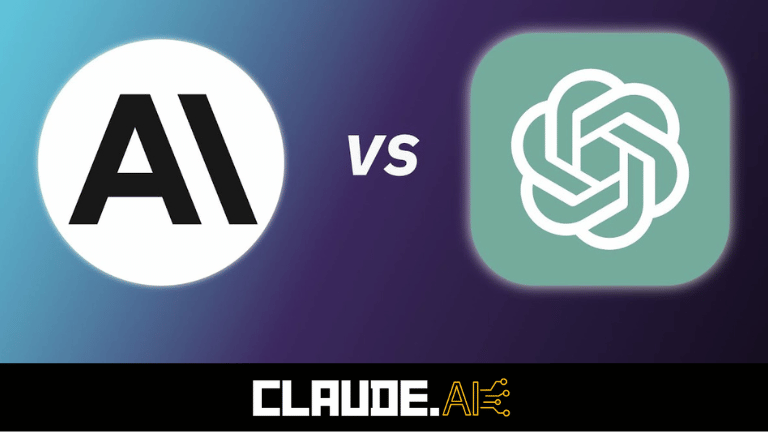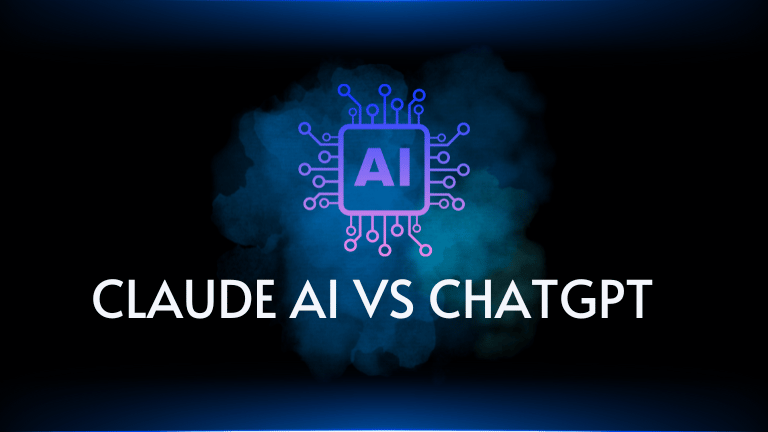Claude AI and ChatGPT are two of the most talked-about AI chatbots right now, providing human-like conversational abilities and useful information on demand. But how exactly do these two AI assistants compare? This in-depth article examines the key differences and similarities between Claude AI and ChatGPT.
Overview of Claude AI
Claude AI is an AI assistant created by Anthropic, an AI safety startup founded in 2021. The goal of Anthropic is to build AI that is helpful, harmless, and honest. Claude was designed as a generalist conversational AI that can have natural conversations on a wide range of topics.
Some key features and capabilities of Claude AI include:
- Conversational abilities – Claude can engage in natural back-and-forth dialogues and answer follow up questions. Its conversational skills are very impressive.
- Providing information – Claude can provide factual information on topics ranging from science to pop culture. Its knowledge comes from training on a diverse dataset.
- Adapting to the user – Claude personalizes its responses and conversations based on the individual user. It aims to be helpful, harmless, and honest.
- Limited memory – Unlike some other AI chatbots, Claude does not have a long-term memory or store conversations. Each conversation is self-contained.
- Safety-focused – Claude was developed with a focus on AI safety, to avoid potential harms from AI systems. This includes training to avoid biased, unethical, or false responses.
Claude AI is currently available in a closed beta to testers. It was announced and demonstrated publicly at Anthropic’s AI safety conference in April 2022. Initial reception has been positive, with praise for Claude’s conversation abilities.
Overview of ChatGPT
ChatGPT is an AI chatbot created by OpenAI and launched publicly in November 2022. It is built on OpenAI’s GPT-3 family of large language models. ChatGPT is designed to be a general-purpose conversational AI that can answer questions, explain concepts, perform tasks, and generate content.
Key features and capabilities of ChatGPT include:
- Conversational skills – Like Claude, ChatGPT is skilled at having natural, human-like conversations and responding to follow up questions.
- Providing explanations – ChatGPT can explain concepts in depth and in easy to understand terms on nearly any subject.
- Content creation – The chatbot can generate high-quality content like articles, stories, and code on demand.
- Multi-tasking – ChatGPT can follow instructions, answer questions, perform research, translate languages, and more.
- Knowledgebase – ChatGPT has been trained on vast amounts of text data through late 2021, giving it broad knowledge.
- Free public access – Anyone can freely chat with ChatGPT through its website without needing an account.
Since launching, ChatGPT has gone viral with millions of users due to its advanced capabilities and free access. However, it has also raised concerns around potential misuse.
Key Differences
While Claude AI and ChatGPT have similar functions as conversational AI assistants, there are some notable differences between the two systems:
1. Training Data
Claude was trained more conservatively on a filtered dataset curated by Anthropic to avoid ingesting harmful content. In contrast, ChatGPT was trained more aggressively on huge amounts of web data, making it more prone to generating biased or toxic responses.
2. Approach to Conversations
Claude takes a cautious approach to conversations, refusing inappropriate requests and clarifying unclear questions. ChatGPT has a more “go along with the user” style which sometimes results in agreeing to harmful or unethical requests.
3. Memory
Claude starts each conversation from scratch rather than maintaining long-term memory or persona, giving it a reliability advantage. ChatGPT accumulates conversational context and persona over time that allows for more coherence but also false claims.
4. Safety
Claude was developed from the ground up with safety and ethics in mind, using techniques like constitutional AI to improve alignment with human values. ChatGPT has basic safety measures but lacks the depth of safety considerations relative to its capabilities.
5. Accessibility
ChatGPT is freely available to the public while Claude is currently restricted to select testers. This has fueled ChatGPT’s rapid adoption but also risks of misuse.
6. Creator Mission
Anthropic’s mission is developing AI that is helpful, harmless, and honest. OpenAI aims for advanced AI to benefit humanity but has at times prioritized capabilities over caution.
Similarities between the AI Assistants
Despite their differences, Claude AI and ChatGPT actually share a number of key similarities:
- Excellent natural language processing capabilities, allowing for fluent conversations
- General knowledge on a wide variety of subjects, from science to pop culture
- Ability to provide explanations and clarification on concepts
- Skills in content generation, like writing articles on demand
- Use of transformer neural network architectures (e.g. GPT models)
- Training on large volumes of text data through unsupervised learning
- Representative of a new generation of capable and commercially-oriented AI chatbots
- Impressive conversational abilities even if some factual inaccuracies
- Lack of deeper reasoning capabilities in spite of good linguistic skills
So while their approaches differ, both Claude and ChatGPT exhibit cutting-edge sophistication in language AI.
Current Limitations and Challenges
Despite the impressive capabilities of Claude and ChatGPT, they also face some important limitations and challenges:
- Potential for bias – All AI systems run the risk of inheriting and amplifying harmful biases from their training data. Filtering helps but is not foolproof.
- Factual inaccuracies – Their knowledge comes from language pattern recognition rather than a real understanding of the world. So they can state false information convincingly.
- Lack of common sense – These systems lack human judgment, common sense, and reasoning ability. So they can give nonsensical or dangerous responses.
- No real-world grounding – They cannot directly perceive or interact with the physical world. Their knowledge is limited to what’s contained in text.
- Tendency for misuse – Such powerful, publicly-accessible systems could be misused for scams, propaganda, and more. Proper policies are needed.
- Lack of memory/consistency – With limited memory, they often contradict themselves or forget key facts from previous conversations.
- Engineering for profit vs. public benefit – Companies like Anthropic and OpenAI must balance business incentives with cautions around AI safety.
Researchers are actively working to address these limitations through technical improvements and responsible development practices. But there is still much progress needed for AI like Claude and ChatGPT to reach human levels of intelligence and wisdom.
The Future of Conversational AI
The launch of Claude AI and ChatGPT represent major leaps forward in conversational AI, but they are just the beginning. Some possibilities this new wave of chatbots opens up include:
- Widespread access to informative AI assistants – They make advanced AI accessible to anyone with an internet connection.
- Automation of content creation – AI writing assistants could help generate articles, stories, code and more on demand.
- Disruption of industries like call centers and customer service – AI chatbots can potentially handle many simple queries.
- Question-answering for education – Students could quickly get explanations on topics they are struggling with.
- More natural human-AI interaction – Conversational AI makes communicating with machines easier and more efficient.
However, as covered earlier, there are still significant technical and ethical challenges to overcome before such technologies can be deployed safely and responsibly. Careful, transparent research paired with ethical guidelines and policies will be critical going forward.
Conclusion
ChatGPT and Claude AI represent a new paradigm for AI, with impressive conversational abilities that were previously confined to science fiction. However, this comparison has shown they have different philosophies and limitations despite their similarities. Moving forward, the companies behind them must balance enabling progress in AI with developing these technologies cautiously and responsibly given their potential societal impacts. With ethical considerations and safety in mind, conversational agents like these could some day revolutionize how humans interact with machines and knowledge.


